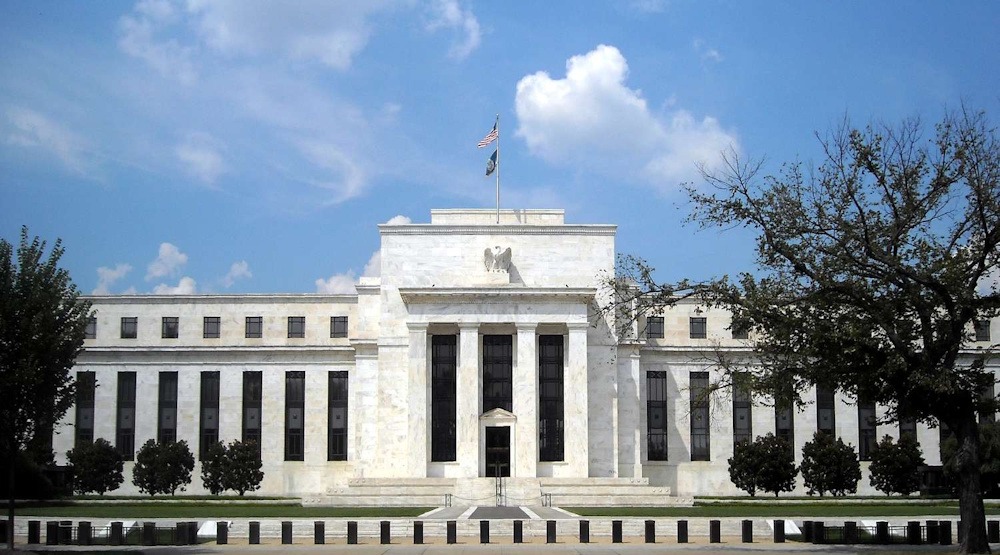
The FTSE 100 advanced 0.3% by 0935 GMT, positioning itself for its second consecutive weekly gain. London shares showed varied results on Friday, but they were set for weekly gains as markets looked forward to the possibility of an interest rate cut by the U.S. Federal Reserve next week. At the same time, investors were assessing significant domestic economic data. The domestically focused mid-cap index edged down 0.1% but stayed on course for a weekly increase.
- Precious metal miners advanced 2.5%, tracking higher gold prices.
- Fresnillo rose by 2.8%, Endeavour Mining increased by 1.7%.
- Hochschild Mining added 4.8%.
- Anglo American rose by 2.1%, Glencore added 3.7%.
- Antofagasta advanced by 2.5%, and Rio Tinto increased by 1.7%.
- BAE Systems rose by 1.4%, while Avon added 1.9%.
- Burberry experiencing a fall of 3.7%.
- JD Sports Fashion falling by 2.2%
Aerospace and defence sector has reached a new record high, currently up 1.1%, and is on track for its largest weekly increase in more than six months. Anticipation of a possible interest rate reduction by the U.S. Fed, coupled with an increase in gold prices and a surge in the defence sector, has provided some support to the FTSE 100 this week. Utility stocks, including United Utilities, National Grid, and Severn Trent, also advanced in the session.
Meanwhile, personal goods stocks declined by 3.2%. Healthcare stocks edged down 0.2%, with animal genetics firm Genus falling 1.5%. Industrial miners have also advanced, following the upward trend in copper prices.
Retail stocks saw a decrease of 0.4%, positioning it at the lowest point of the benchmark index. In other developments, online supermarket and tech firm Ocado experienced a significant decline of 11.6%, positioning it at the bottom of the mid-cap index, after a statement from its U.S. grocery partner Kroger, which indicated it will reassess its warehouse investments. On the data front, Britain’s economy recorded no growth in July following a significant decline in factory output, aligning with expectations for a sluggish beginning to the second half of 2025, yet still disappointing for the government in the lead-up to November’s budget.
